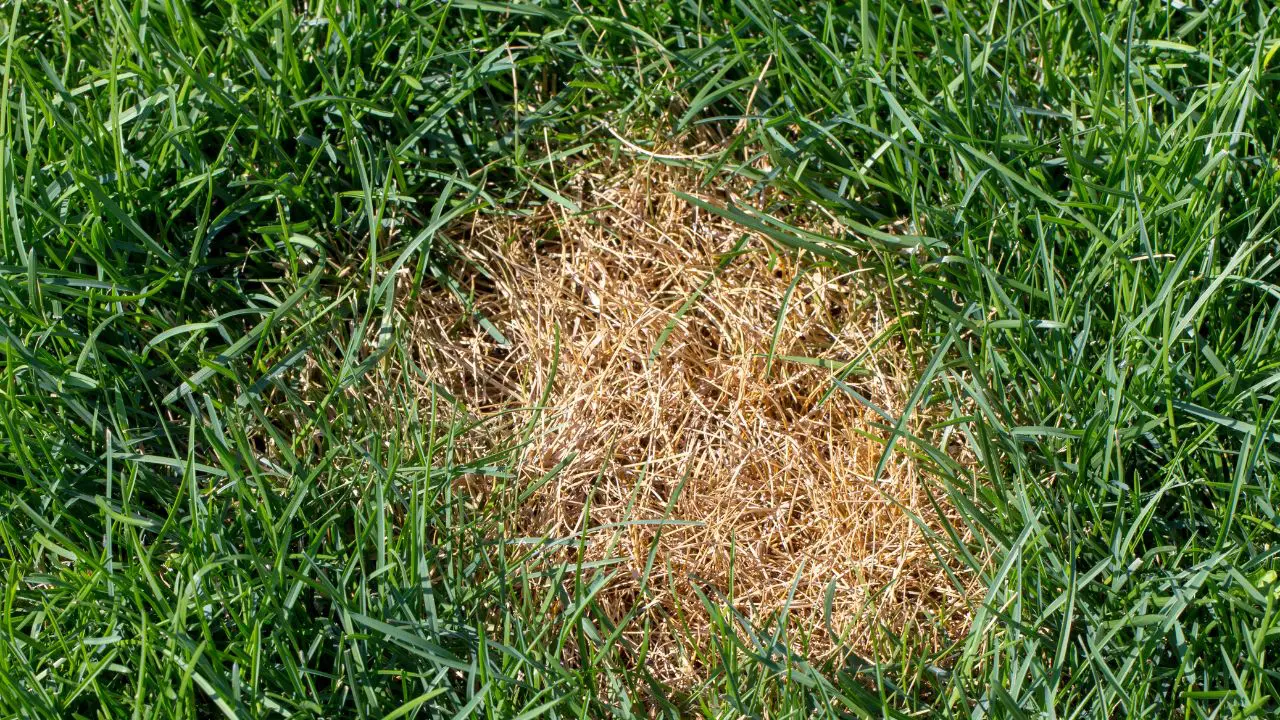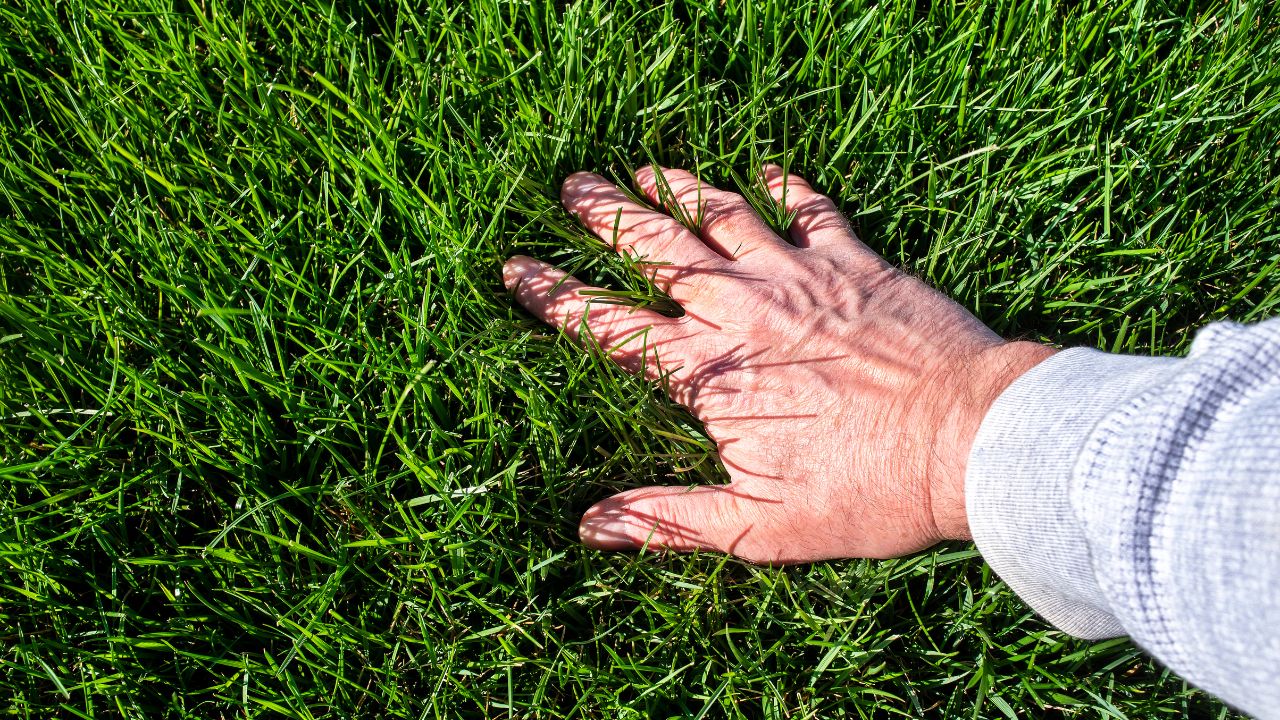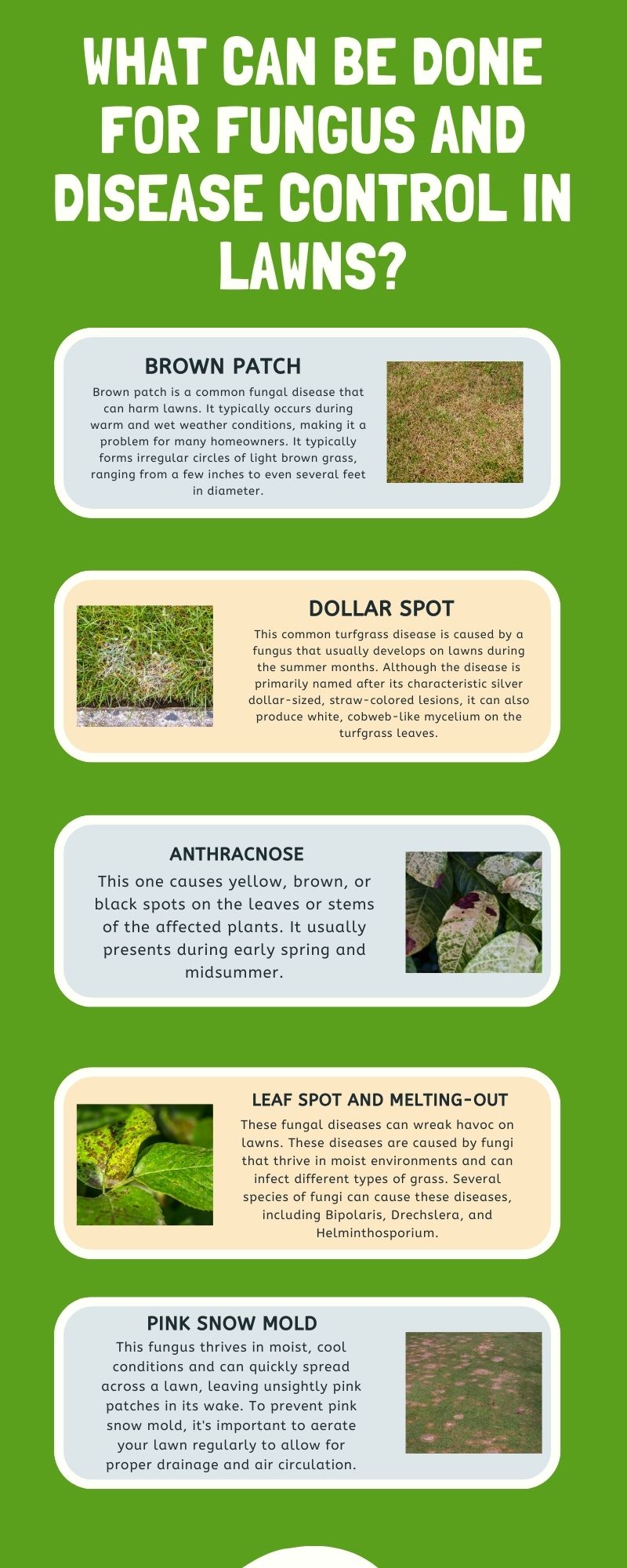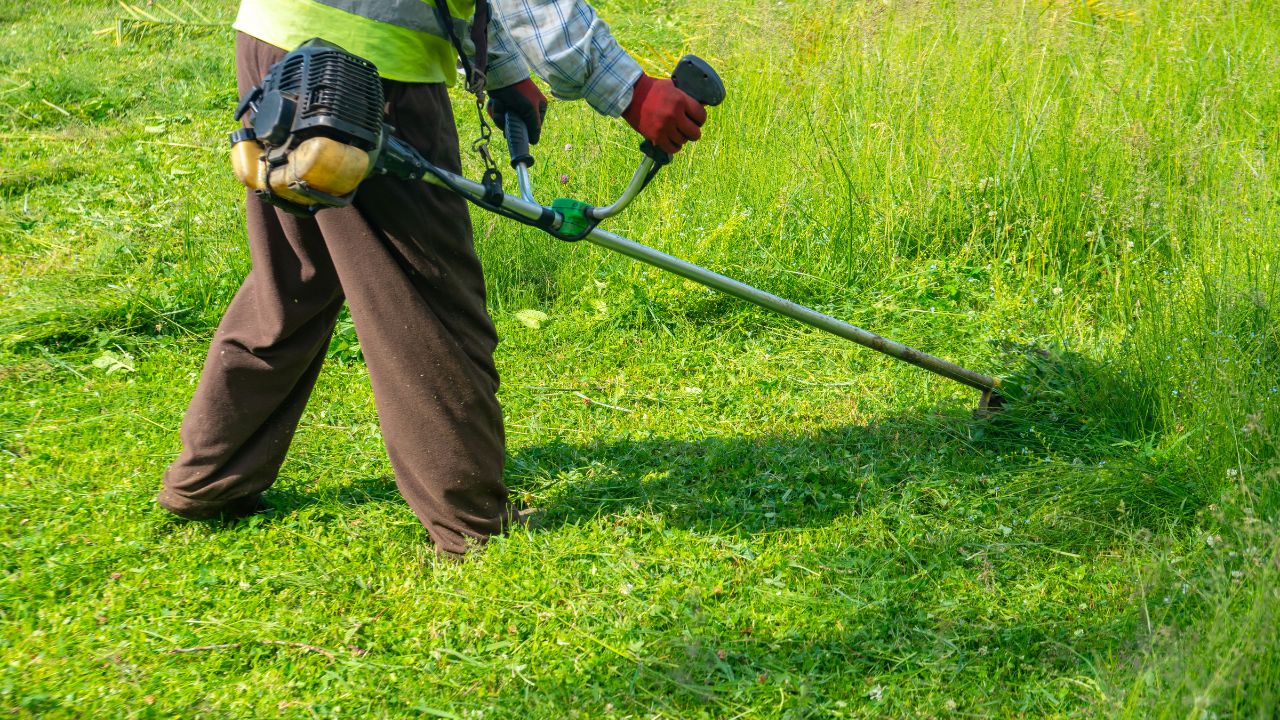Fungus is a common lawn disease that can spread quickly and cause serious damage to your lawn. It thrives in damp and humid conditions and can quickly grow and multiply if not kept in check.
The problem is most people think fungal disease presents only with a batch of mushrooms or with the lawn appearing pink. Hence, they fail to detect the problem until it’s too late. If you are serious about lawn maintenance, it’s crucial to identify what fungal diseases look like so that you can take timely measures.
A Bit About Turfgrass Fungus: What You Should Know
Contrary to popular perception, turfgrass fungus can be present in various forms. So what is it? Basically, it is a type of fungus that can infest your lawn and cause brown patches, thinning, and an overall decline in the health of your turf.
Lawn diseases caused by fungi can be categorized into two broad groups: leaf-spotting diseases and root-rot diseases. Some common types of turfgrass fungi include Rhizoctonia, Pythium, Fusarium, and Dollar Spot.

But what causes this fungal growth in your lawn? Well, there could be a variety of contributing factors at play here. Overwatering the lawn and leaving it wet for long periods is a common cause of fungal growth.
The fungus thrives in moist environments and can quickly spread throughout the lawn. Fungal growth can also be caused by inadequate air circulation, lack of sunlight, and poorly drained soil. More often than not, it’s poor lawn maintenance that is the culprit of the problem, which can quickly spiral out of control.
What Can Be Done For Fungus And Disease Control In Lawns?
If you want to be welcomed with the sight of a healthy and lush green lawn, you need to put in adequate attention to lawn care. Only then can you ensure that your grass remains disease free.
Make sure to remove leaves and debris from the lawn timely and mow the grass frequently. Remember, tall grass serves as a perfect habitat for grass diseases to thrive. Don’t forget to leave behind grass clippings and be careful about practicing proper irrigation practices.
When you are invested in lawn care, you will soon realize that a sprinkler system can be quite handy, so invest in a good one. This will ensure that your lawn’s moisture needs are met to perfection. Fertilization and aeration of the soil are mandatory too.

And you must also take some time out to overseed your lawn and get rid of thatch which is the buildup of dead organic matter between the soil layer and turf. We would also advise applying pre-emergent herbicide, which will help keep weeds at bay.
However, these measures are more about general lawn maintenance. Although if you are doing everything right, the risk of fungal growth is minimal. But sometimes, a little lapse of judgment is all it takes. Once your lawn is infested, you need to make the treatment more targeted. How you will then proceed depends on the type of turfgrass disease you are dealing with. Let’s give you a few examples.
Brown Patch
Brown patch is a common fungal disease that can harm lawns. It typically occurs during warm and wet weather conditions, making it a problem for many homeowners. It typically forms irregular circles of light brown grass, ranging from a few inches to even several feet in diameter.
To deal with this problem, you have to make some alterations to your watering regime. Avoid watering in the evening and instead do it in the mornings. Don’t forget to remove grass clippings after mowing the lawn and pay exquisite attention to removing thatch buildup.
You will also need to apply a fungicide in the affected area. But avoid nitrogen applications during this time.
Dollar Spot
This common turfgrass disease is caused by a fungus that usually develops on lawns during the summer months. Although the disease is primarily named after its characteristic silver dollar-sized, straw-colored lesions, it can also produce white, cobweb-like mycelium on the turfgrass leaves. Dollar spot fungi are most active when the temperatures are warm during the day and cooler at night.

Proper management practices such as increasing mowing height, watering deeply but infrequently, and fertilizing regularly can limit the development and spread of this fungus in lawns. And in this case, it’s best to use a nitrogen fertilizer.
Anthracnose
This one causes yellow, brown, or black spots on the leaves or stems of the affected plants. It usually presents during early spring and midsummer.
To deal with anthracnose, you should aerate compacted soil and make it a point to avoid scalping. Of course, fertilization and irrigation are just as crucial.
Leaf Spot And Melting-Out
These fungal diseases can wreak havoc on lawns. These diseases are caused by fungi that thrive in moist environments and can infect different types of grass. Several species of fungi can cause these diseases, including Bipolaris, Drechslera, and Helminthosporium.
The symptoms of these diseases include brownish patches, irregular yellow or brown spots, or even the complete death of plants in certain areas. A common way to prevent these diseases from taking over your lawn is through proper turfgrass management.
This includes proper mowing height, proper watering, reducing compaction, and promoting good drainage. In addition, using fungicides can also help control the spread of the disease.
Pink Snow Mold
This fungus thrives in moist, cool conditions and can quickly spread across a lawn, leaving unsightly pink patches in its wake. To prevent pink snow mold, it’s important to aerate your lawn regularly to allow for proper drainage and air circulation.
Additionally, racking up leaves and debris from the lawn in the fall can help to prevent the buildup of moisture that can encourage fungus growth.
Some Other Turfgrass Diseases You Should Know About
We have merely outlined some of the most common fungal growths that can destroy your lawn in no time. However, there are many others you should know about. These include the likes of Gray snow mold, Red thread, summer patch, Powdery mildew, rust, and Fairy ring.
Remember, to keep fungal growth in check, you must first find out the causing agent and its contributing factor. Only then can you plan a perfect and effective remedy.
Pay Attention To Lawn Care To Keep The Fungus In Check

Treating fungal diseases is definitely a lot of work. There’s quite a lot you need to do, and that too all year round. The good news is you can take the load off your shoulders by entrusting the job to professionals.
You can count on a professional to identify fungal infestations timely and take appropriate measures. This will not only do wonders for your lawn aesthetics but also save a lot of your time and energy.
